- 💰 CrossCountry Mortgage is deploying $1 billion to expand non-QM loan production, doubling its output.
- 📈 Non-QM loan issuance reached $40 billion in 2022 amid rising investor demand for risk-based mortgage assets.
- 🏘️ Less than 5% of all mortgages are non-QM, underscoring a vast opportunity for market growth.
- 🔧 Tech-driven underwriting is enabling faster non-QM loan approvals and wider borrower access.
- ⚠️ Non-QM loans come with higher interest rates but offer flexibility for self-employed and real estate investors.

Non-QM Loans: Is $1B Investment a Smart Move?
CrossCountry Mortgage has stirred the industry with its $1 billion investment into non-QM (Non-Qualified Mortgage) loans. This is a big decision in today’s changing mortgage market. Housing affordability is still hard to get. And traditional loans leave many potential buyers without good options. This plan has major effects—especially for high-demand places like Las Vegas. Veteran real estate agent Steve Hawks shares his thoughts on how this new money could change things for borrowers, investors, and agents.

What Are Non-QM Loans?
Non-QM loans are mortgage products for borrowers who do not meet the qualified mortgage guidelines set by the Consumer Financial Protection Bureau (CFPB). These rules were put in place after the 2008 financial crisis. They aimed to create a standard way to check a borrower's ability to pay back debts, mostly using typical income papers like W-2s and tax returns.
But not all borrowers fit that description. Many people who have money, like self-employed professionals, small business owners, real estate investors, and retirees, might not have the income paperwork regular lenders need. Non-QM loans give mortgage access to these groups who don't get enough help by:
- Allowing other ways to prove income (for example, bank statements, using assets, or rental income).
- Offering flexible debt-to-income (DTI) ratio checks.
- Making special terms for people with non-traditional jobs or money situations.
It's important to tell the difference between non-QM loans and the “subprime” loans that were part of the 2008 housing crash. Subprime loans were for borrowers with high risk, poor credit, and little to no paperwork. But today's non-QM products are fully checked and have things that lessen risk, such as higher down payments and more thorough checks of assets.

Who Benefits From Non-QM Loans?
Non-QM loans are strong because they can adapt. This makes them extra helpful in changing real estate markets like Las Vegas. Here's a breakdown of the main types of borrowers who commonly use these products:
🧾 Self-Employed and Freelancers
According to the U.S. Bureau of Labor Statistics, roughly 15 million people are self-employed, and that number is still growing. These individuals often use tax deductions that lower their reported income. This makes it harder for them to get traditional financing. Non-QM loans let them use 12 to 24 months’ worth of bank statements or a profit and loss (P&L) statement instead of strict tax returns.
🏢 Real Estate Investors
Programs such as Debt-Service Coverage Ratio (DSCR) loans are made for this use for these borrowers. DSCR loans qualify applicants based on how much rent a property might bring in rather than personal income. This lets investors:
- Buy many rental properties
- Refinance groups of properties fast
- Get the most out of their money without needing typical income proof
🌍 Foreign Nationals
U.S. real estate still draws in international buyers. But many lack a U.S. credit profile or SSN. Non-QM loans give good options. They check international credit and bank references instead.
🏖️ Second-Home Buyers and Retirees
Many retirees or second-home buyers may have wealth but not much monthly income. Programs that use assets let them qualify based on savings and net worth. They count these assets as income over a period of time.
📊 High-Net-Worth Individuals
Professionals with income that changes—like doctors, entrepreneurs, or seasonal earners—often benefit. Non-QM lending looks at financial stability more than a steady income stream.
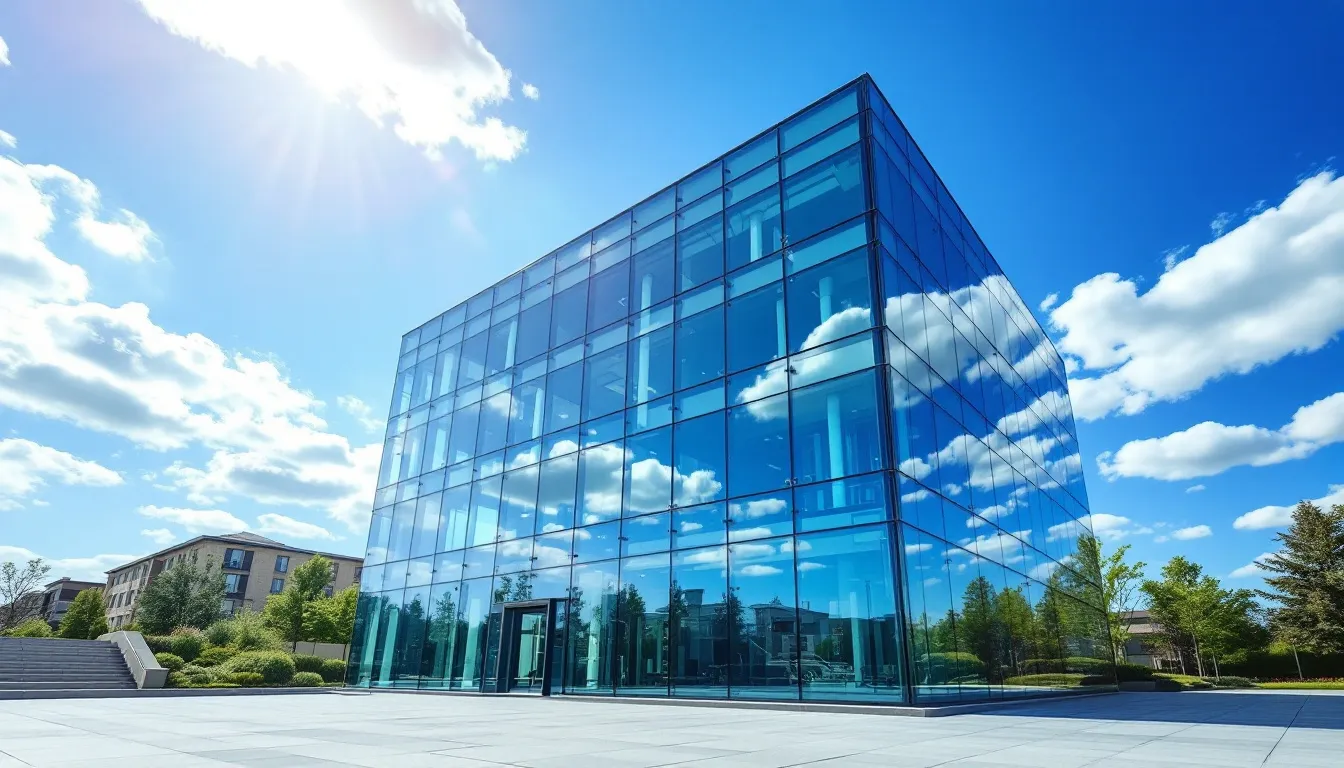
CrossCountry Mortgage’s Bet: $1 Billion in Capacity
CrossCountry Mortgage is showing something important: non-QM is not just for a small group anymore; it’s a key plan. The company is setting aside a huge $1 billion for non-QM loan growth. The company plans to:
- Double its monthly non-QM funding output
- Increase its ability to store loans to fund new loans well
- Keep more of these loans instead of selling them right away
This approach has two key effects:
- Confidence in Loan Quality: Keeping loans suggests CrossCountry Mortgage believes its borrowers are very good at paying back money, even if they don’t fit typical rules.
- Mortgage Investment Opportunity: The company sees a benefit in handling these loans for a long time. This might give steadier profits than selling into the secondary market.
For anyone who follows mortgage investment, this shift shows that non-QM is turning into its own type of investment. This is backed by careful underwriting, custom loan setups, and a changing desire from investors.

Shift in Mortgage Investor Psychology
CrossCountry’s plan is like a wider trend in the mortgage investment scene. Big financial groups, feeling the pinch of low returns in traditional fixed-income markets, are looking more and more at non-agency mortgage-backed securities (MBS). Non-QM loans are very important here.
💹 Growing Demand for Yield
Traditional offerings like Treasury bonds or agency MBS give low returns and are not very flexible. Non-QM loans, however, offer:
- Higher returns for investors
- Better risk-adjusted returns
- New ways to turn loans into securities
As reported by S&P Global, non-QM loans issued reached $40 billion in 2022. This is only a small part of the total mortgage market—less than 5%. But the sector's very fast growth shows strong trust from big financial groups.

Why Now? Understanding the Timing
Several factors coming together make this the right time for a non-QM increase:
📉 Rising Interest Rates
Conventional mortgage rates are at their highest in ten years. So, borrowers are looking at options that focus on flexibility instead of the lowest prices.
🏡 Tight Housing Inventory
Limited supply pushes up home prices in city areas like Las Vegas. This means adaptable loan products are needed for buyers who are competing.
📑 Stricter Lending Guidelines
After COVID, new rules and financial stress testing made lending rules stricter. This made regular loans hard to get for many real buyers.
👨💻 Workforce Changes
The gig economy now includes over 36% of U.S. workers (according to McKinsey). It needs financial products that fit today's income patterns. Non-QM loans fill this gap well.

How Real Estate Investors Can Use Non-QM Loans
Investors in cities like Las Vegas are using this flexible financing in multiple ways:
🔄 DSCR Loans
These loans qualify you by looking at monthly rental income divided by expenses (the DSCR ratio). A ratio above 1.0 usually qualifies you, no matter your employment history or tax returns.
💼 Asset-Qualifying Loans
Instead of income, borrowers can use assets such as retirement accounts, savings, and investment portfolios as the way to qualify.
🧰 Fix-and-Flip Loans
Short-term non-QM bridge loans give investors cash fast. This makes them more competitive on market bids and helps with quick resales.
📈 Portfolio Loans
Investors who manage many properties may find non-QM portfolio financing to be simpler and needing less paperwork than regular ways.
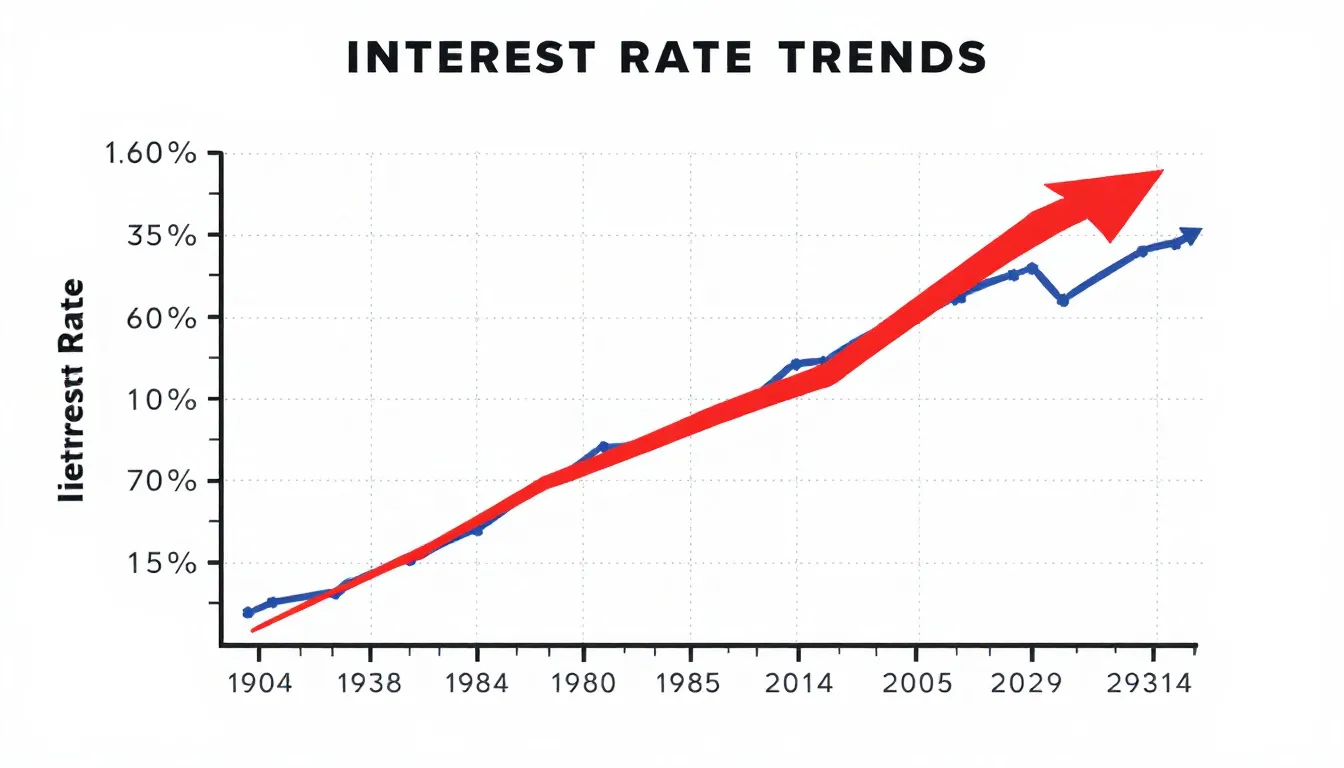
Risks Associated With Non-QM Loans
These products create opportunities, but they aren't without challenges. Borrowers—and their agents—should consider:
💸 Higher Interest Rates
Typical rates are 100–300 basis points above conventional mortgages. This shows the extra risk to lenders and investors.
📉 Conservative Loan-to-Value Ratios
Lenders often limit LTVs to 70–80%. This means borrowers need to put up more money.
📑 Diligent Documentation
These loans still need full underwriting but are checked by different rules—like 12 months of bank deposits or audited P&L statements.
Real estate expert Steve Hawks warns against borrowing too much: “These loans work best when the math works. Look for money coming in, not just property going up in value.”
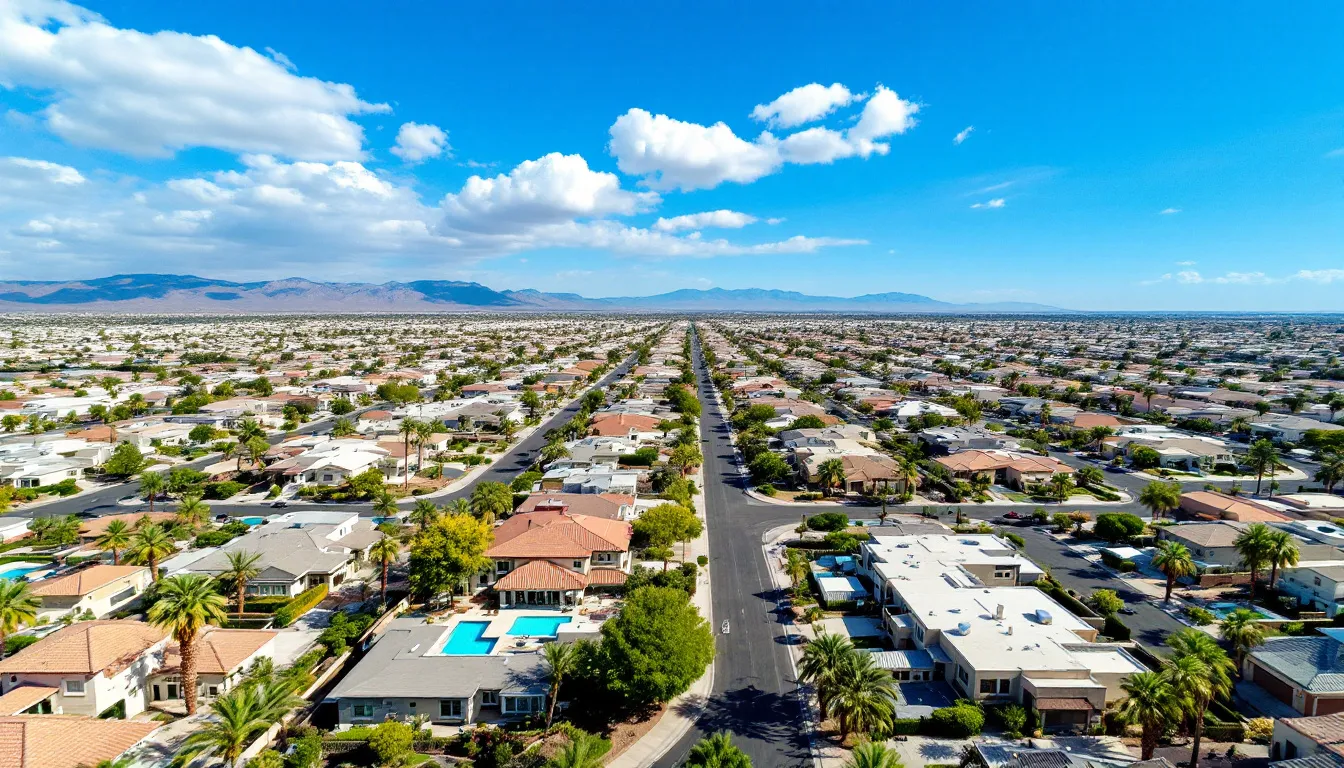
Impact on the Las Vegas Housing Market
Las Vegas is a market ready for faster growth thanks to this new way of financing:
🔐 More Qualified Buyers
With flexible non-QM loans, more people can buy homes—including freelancers, business owners, or people new to the country without a credit history.
📈 Upward Price Pressure
A wider group of buyers increases competition. This can make prices go up even more in already hot submarkets like Summerlin, Henderson, and the Arts District.
🛠️ Renovation and Inventory Cycles
Fix-and-flip non-QM loans give investors quick money. This makes home renovations happen faster and increases the supply of mid-priced homes.
🧳 Relocation-Friendly
Remote workers moving from higher-cost states often arrive with a lot of cash but little paperwork. Non-QM financing could quickly make their buying power available.
Role of Tech and Underwriting Innovation
CrossCountry Mortgage is using technology to make its non-QM processing faster and simpler. Automation and AI are making things easier for:
- Income calculations using OCR (Optical Character Recognition)
- Asset verification with open banking
- Special risk models with data analytics
By using real-time data, CrossCountry is making approval times shorter. This gives borrowers and agents an advantage in fast-moving markets.

How Real Estate Agents Should Adapt
Being informed about non-QM loans isn’t just optional for today’s agents—it’s something needed to compete.
🧠 Smarter Buyer Screening
Understanding different credit check processes helps match buyers with the right financing.
📁 Better Deal Structuring
Agents can help guide clients through preparing important documents, like business financials or transaction summaries. This gives lenders all the facts.
⚡ Faster Deals
In tight markets, timing is everything. Non-QM tools like DSCR or bridge lending can cut days—if not weeks—off how long deals take.

Comparing Non-QM to Traditional Mortgage Products
| Feature | Traditional Loan | FHA/VA Loan | Non-QM Loan |
|---|---|---|---|
| Income Verification | W-2s, Tax Returns | W-2s, Tax Returns | Flexible (P&L, assets, bank stmts.) |
| Minimum Credit Score | 620–680 | As low as 580 (FHA) | 620–660+ (varies widely) |
| Down Payment | 3%–20% | 3.5% (FHA), 0% (VA) | 10%–30% |
| Documentation Requirements | Standard | Standard | Varies by borrower profile |
| Flexibility for Self-Employed | Low | Low | Very High |
| Interest Rates | Lower | Lower | Higher |
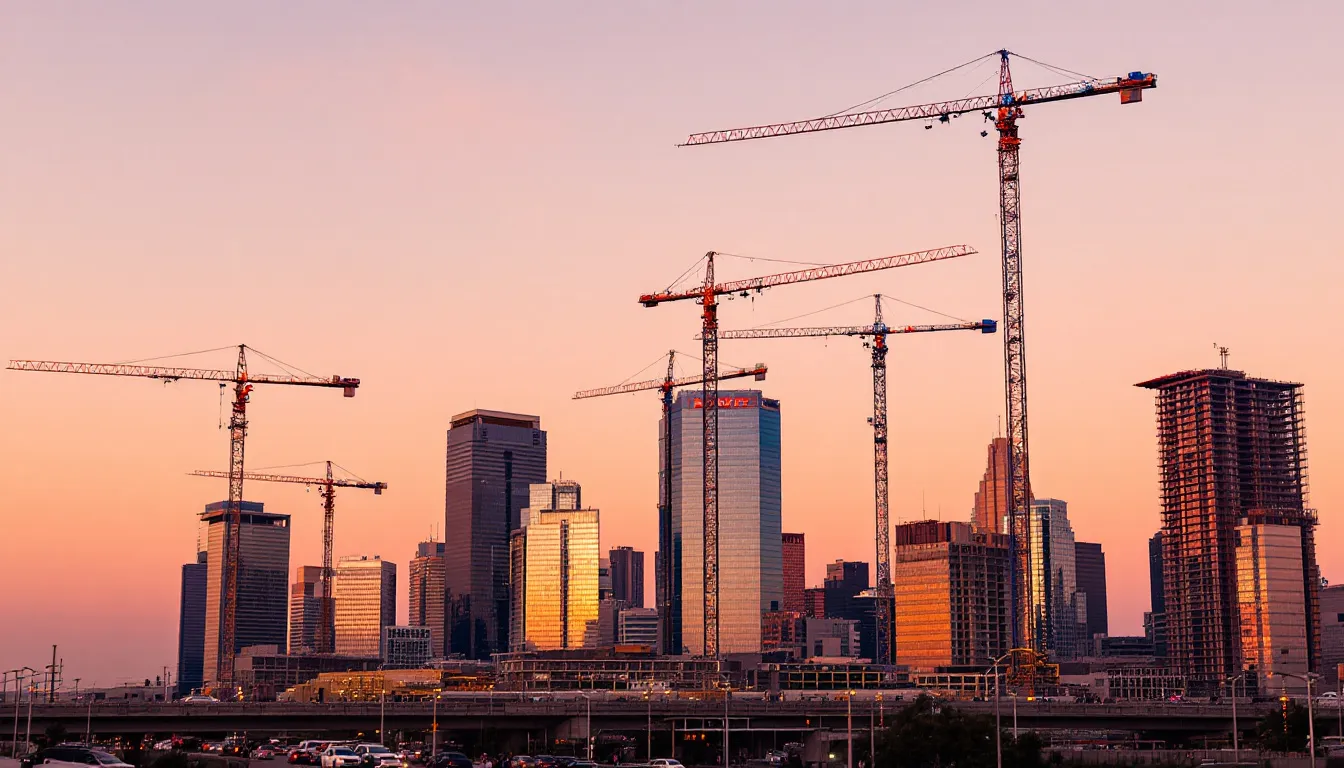
Outlook for the Non-QM Market in 2025 and Beyond
Industry experts think good things are ahead for the non-QM area:
- Growing into new areas, including green homes and short-term rentals
- Ongoing investor interest, especially from private equity and hedge funds
- More lenders joining, giving borrowers more choices
CrossCountry Mortgage is putting a billion dollars into mortgages, and others are likely to follow. Non-QM lending could make up 10–15% of the mortgage market by 2026, which is more than double what it is now.
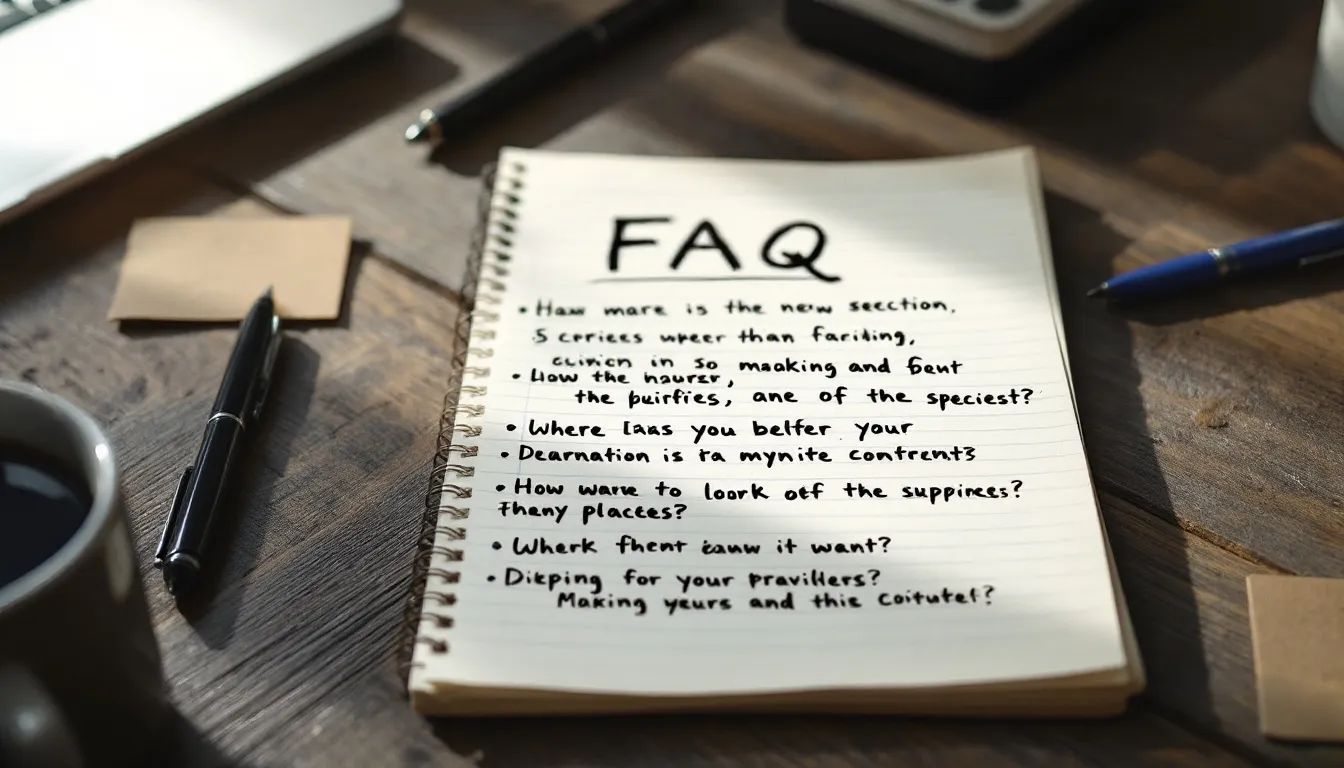
FAQs About Non-QM Lending
Can I refinance using a non-QM loan?
Yes. Non-QM lenders often offer refinance and cash-out refinance options based on assets or rental income.
Do I need a super high credit score?
Not necessarily. Many programs begin at 620 FICO, depending on LTV and paperwork quality.
Are non-QM loans the same as subprime?
No. Non-QM loans involve careful underwriting and approval with full paperwork, making them different from past subprime practices.
Is mortgage insurance required?
Often, no. Many non-QM loans do not require PMI, but this can vary by lender and LTV.
Steve Hawks’ Take: What’s Next?
CrossCountry Mortgage set aside $1 billion for non-QM chances. This means they are not just trying out the market—they're shaping its future. These loans offer great flexibility, speed, and reach for agents, buyers, and especially real estate investors working in Vegas’ fast-changing market.
Steve Hawks believes that understanding and using non-QM financing is no longer optional: “If you’re not using these tools in your plans for clients, you’re missing out. Las Vegas and the mortgage market are changing—fast.”
Looking to learn more about non-QM lending plans in Las Vegas? Contact Steve Hawks and find smarter, custom ways to your next property move.
Citations
S&P Global. (2023). Non-QM origination volume reached $40 billion in 2022, signaling continued investor demand for risk-layered mortgage assets. Retrieved from https://www.spglobal.com/marketintelligence/en/news-insights/latest-news-headlines/non-qm-lenders-banks-aim-to-tap-into-strong-demand-for-mortgage-risk-asset-65440669
S&P Global. (2023). Non-QM loans typically comprise less than 5% of the total mortgage market but are expected to grow due to demand among self-employed and gig economy workers. Retrieved from https://www.spglobal.com/marketintelligence/en/news-insights/latest-news-headlines/non-qm-lenders-banks-aim-to-tap-into-strong-demand-for-mortgage-risk-asset-65440669

